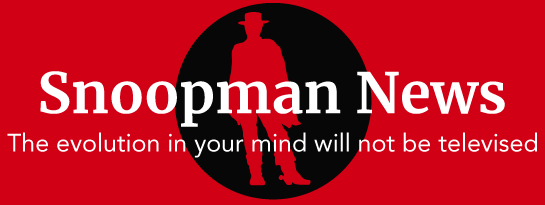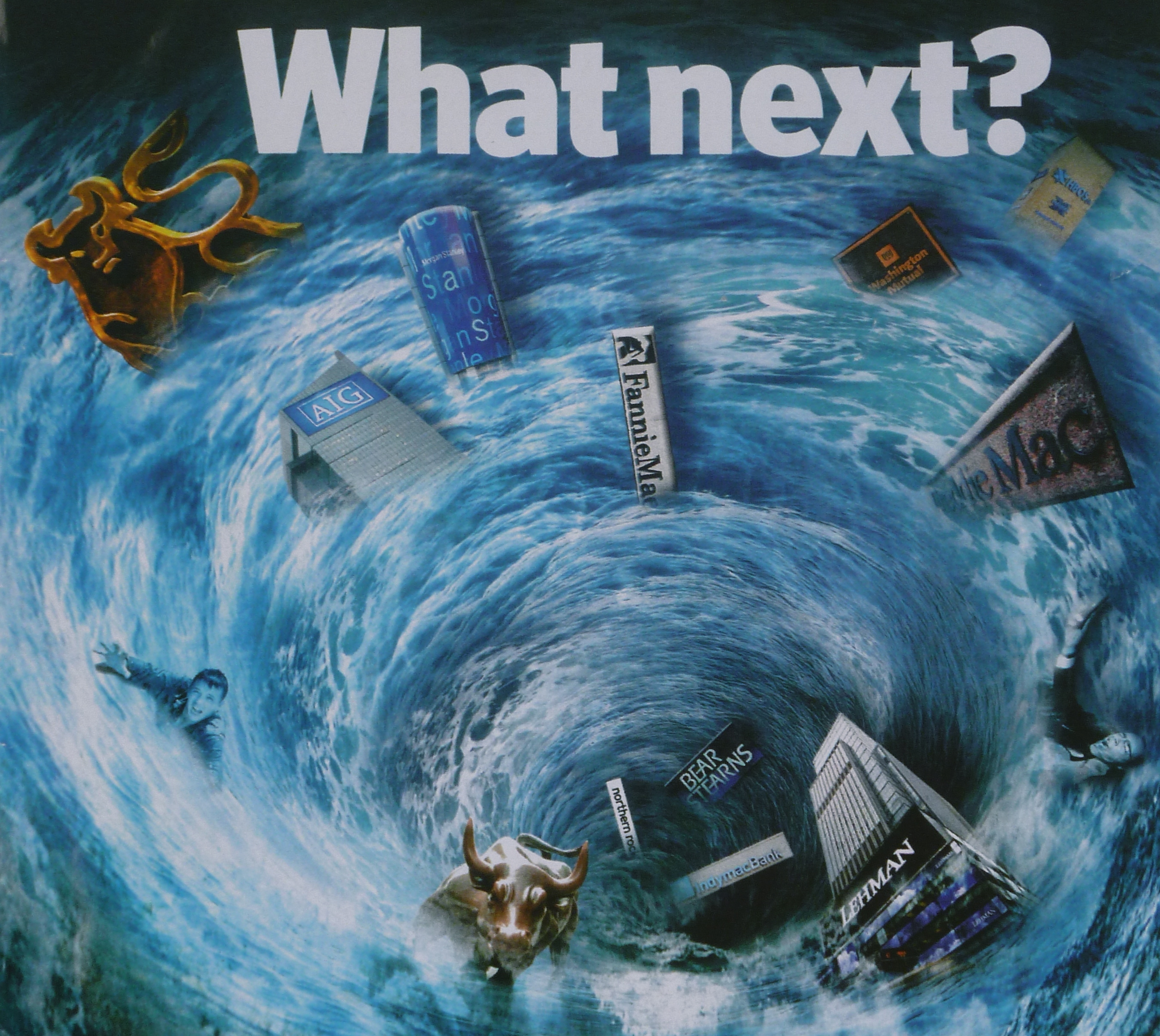My masters thesis proved that once the financial crisis started, the US and UK financial authorities conspired/colluded with the major banks to steer the crisis along to a point where it would get so severe that their respective governments would believe they had no choice but to approve system-wide, tax-payer funded bailouts.
“It’s the financial oligarchy, stupid” thesis is retrievable here:
http://hdl.handle.net/10292/5536
Abstract:
News media depictions of the financial crisis promoted the idea that it was caused by greed and a lack of regulatory oversight. These explanations failed to adequately explain why the sector that controls the money in capitalist societies required bailouts. Here I consider the financial crisis of 2007 and 2008 as a narrative arc in an Anglo-American context. This narrative arc draws upon the classic three-Act story structure. It reveals key plots, events and ‘scenes’ like a movie that progresses from bad to worse; except there is more to the changes in fortune for the plot’s protagonists. Unlike the overly simplistic portrayal of the financial crisis in the news, this study argues that the crisis narrative was constructed for propaganda purposes, by merging truthful facts with fictional elements.
An account of the major changes that occurred in the political economy of banking and finance from the early 1970s serves to contextualize this study. Anglo-American capitalist oligarchs and elites colluded to transform the world under the rubric of ‘free market reform’ and individual ‘freedom.’ The purpose was to exploit the unfolding financial crisis in order to extend control over governments and their respective citizenries. In this context, developments affecting major media outlets are traced as regulations were changed amid the rhetoric that ‘free markets’ would make companies more competitive. The resultant concentration of media ownership occurred as news outlets promoted unfettered financial markets as a prerequisite for economic prosperity. The news media’s portrayal of a global merger wave in banking and finance conglomerates; the tech-stock bubble of the late 1990s and corporate scandals in the early 2000s are outlined. The emergence of an American housing bubble, its bursting and the financial contagion that followed are tracked through the media reportage. The culpability of Wall Street, the City and their respective financial authorities and political elites is examined.
This study employs news framing theory to explore the ideological constructions of news content and elite discourses across news coverage from 10 major American and British press outlets between September 15 and October 4 2008. The consequences of the forced collapse of a large Wall Street investment bank leading up to the passage of a $700 billion bailout, are analyzed as narrative-driven event clusters which obscure the collusion of financial oligarchs, monetary authorities and political elites.
Keywords: Global financial crisis; Bailouts; Wall St-Washington complex; Financial oligarchy; Rescue master frame; Narrative arc; Event clusters; Propaganda model; Buying-out; Speed politics; Cartel game theory; Crisis rituals
What this thesis has contributed to media studies
The uniqueness of my thesis is that it is the only in-depth media study (on the planet) of the period from the collapse of Wall Street’s fourth largest investment bank, Lehman Brothers, to the passage of the $700 billion bailout bill three and a half weeks later.
- My use of the classic three-Act story structure to trace key moments of a financial crisis narrative arc between the run on Northern Rock, the UK’s fifth largest retail bank, and the first post-bailout bill allotment on October 13 2008, 13 months later, is an original innovation.
- I have added to media theory by being the first to use an event clustering technique originally designed to decipher submarine intelligence reports. By paying attention to events referenced in news reports that do not belong to the event at hand, or to a particular event cluster in the news coverage, and by studying what really happened with past events that were recalled (such as the Great Depression), rather than relying on official sanitized versions, I was able to show the hidden objectives of key insiders.
- I reworked a Propaganda Model developed by American media scholars Noam Chomsky and Edwards S. Herman, to theorize for collusion and conspiracy in news media outlets. I did this by adding a ‘buying-out’ news filter (suggested by a scholar), to test for deliberate censorship by unofficial means. My thesis showed that the news media consciously: omitted key evidence; marginalized the public so that they were unable to construct a counter-narrative; and failed to sustain serious systematic investigations despite the fact that the major banks had a track record of perpetrating systemic fraud.
- By applying news framing theory, I showed that a ‘rescue’ master frame pervaded the news coverage. With the construction of this ‘rescue’ master frame (established early in the financial crisis), all news stories were framed with a prejudice to ‘save’ the banks and financial systems with tax funds. The ten major news outlets in my study failed to sustain serious investigations into the root causes of the global financial crisis, and failed to seriously question why it was that the super-rich expected the hapless public to foot the bill. This early observation led me to fuse these media analysis tools with oligarchy/capital as power theories, conspiracy law-cartel game theories and speed politics/shock doctrine theory in order to test my hunch that collusion and conspiracy underpinned the GFC.
- I also showed that prior to the global financial crisis, that an Anglo-American financial oligarchy had pursued a strategy, under the rubric of neoliberal ideology, to foment the conditions for financial crises in order to coerce governments the world-over to agree to ‘free market economic shock treatments’, or ‘structural adjustments’, in exchange for emergency loans. In other words, key insiders from the major private banks and financial authorities colluded and conspired, respectively, to make vast fortunes and to augment more political power, by using crises as ‘change mechanisms’ through the application of what I called the boom-bust-bailout formula. In short, I showed clear circumstantial evidence of ‘conscious parallel business behaviour’, which was an application of conspiracy law and cartel game theory.


